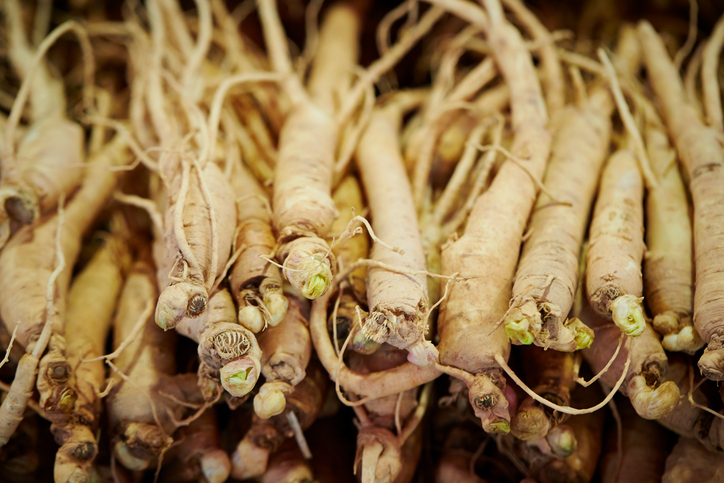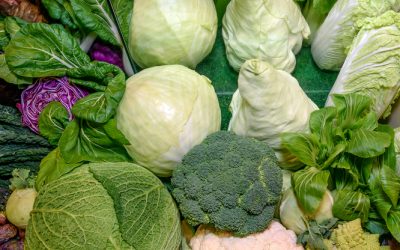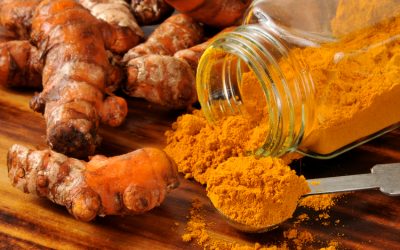Potential for Anti-Cancer Treatment From Berberine Component of Rhizoma Coptidis
Coptis root from the plant species Rhizoma Coptidis is commonly investigated for its medicinal purposes through the field of Traditional Chinese Medicine. Known as Huang Lian in Chinese, this bitter root is of grave importance to Chinese herbs as it ranks in the 30 most valuable herbs to this medicinal practice1. This perennial herb is composed of a multitude of components, but is largely made up of berberine and coptisine. Coptis root’s medicinal purposes span a wide array of pharmacological functions including but not limited to antibacterial action against infection, improvement of heart functionality with increased blood flow and circulation, therapy for liver damage, amender of gastrointestinal complications, and act as an effective anti-inflammatory agent. Current research centers on the utilization of this root for the treatment of human cancers, a field that has struggled to isolate antineoplastic remedies. Serving as a pivotal component in the chemistry of this root, berberine is explored as a source of anti-cancer therapy. This field of research has proliferated immense amounts of research on the mechanisms and efficacy of this holistic approach to cancer treatment.
In ancient Chinese cultures, Rhizoma Coptidis was designated for the use of removing bodily toxins, dampness, and heat that were thought to contribute to disease development. These imbalances promote diarrheal disease, inflammation, and other gastrointestinal irregularities. Seeing as these symptoms may be present in cancers, Rhizoma Coptidis could have applicability as an anti-cancer agent used to remove heat and dampness2. Many in vitro models exemplified berberine’s anti-cancer capabilities through genetic regulation of cancer factors, control of cell death and proliferation, and management of the cell cycle to induce damage in cancer cells. One of the overarching themes in a systematic review of berberine mechanisms highlighted its functionality to stimulate cellular death in tumor cells. Berberine’s role in this cellular death pathway was determined as a stress inducer that causes an imbalance in proteins and calcium within cells, ultimately signaling for cellular rupture.
The process of angiogenesis is pivotal in supporting cancer cell proliferation through the development of abnormal red blood vessels, which transport energy and oxygen to cancer cells. Many studies illustrated berberine’s role in this pathways as impeding growth factors to halt the formation of these abnormal cells. The goals of future studies involving neoplastic research with berberine and Rhizoma Coptidis aim to institute more control substances to compare efficacy and to deduce the specific targets of berberine in cancer patients as it contains a multitude of pharmacological mechanisms. Safety of berberine treatment must be considered if it is ever to be mandated as a clinical therapy. Very few studies have found adverse effects from the treatment of berberine.
Optimistically, berberine treatment may have positive implications among cancer as well as a multitude of other disease types because of its general role in the cell cycle. This pathway impacts the development and progression of most diseases. Preventative capabilities have also been shown for berberine in regards to intestinal tumor suppression through anti-inflammatory and antioxidant methods. Ultimately, novel research has appointed the berberine component of Rhizoma Coptidis as a subject for study in anti-cancer treatments derived from Chinese medicinal herbs.
Reference—
1”Coptis Root (Rhizoma Coptidis, Huang Lian).” Chinese Herbs Healing. http://www.chin
eseherbshealing com/coptis-root/
2 Chen Z, Chen Y, Pan L, Li H, Tu J, Liu C, Dai X, Zhang X, Sun G, Feng D, Dachengqi Decoction Attenuates Inflammatory Response via Inhibiting HMGB1 Mediated NF-κB and P38 MAPK Signaling Pathways in Severe Acute Pancreatitis. Cell Physiol Biochem 2015;37:1379-1389



